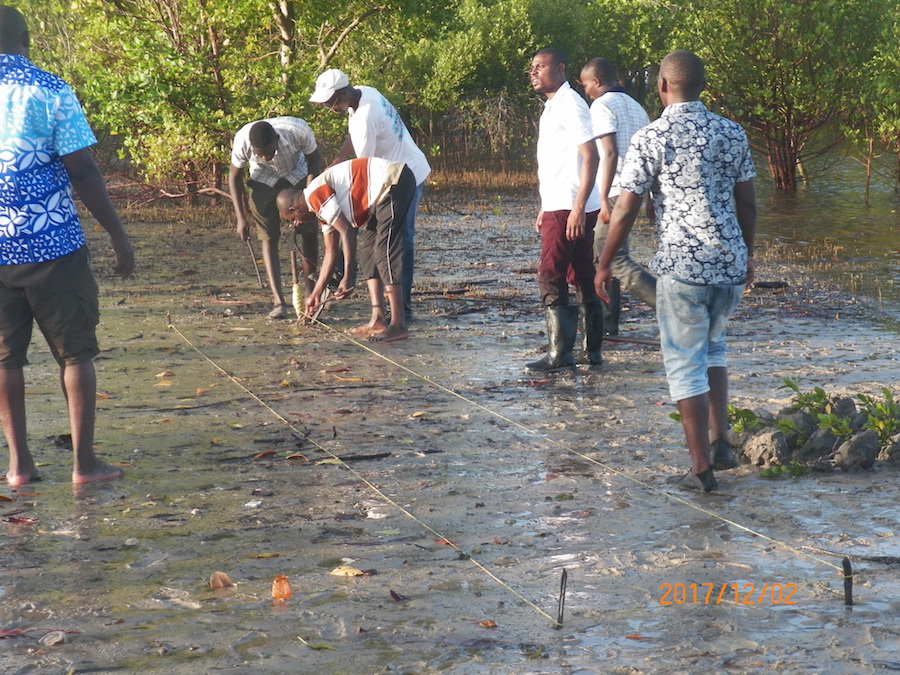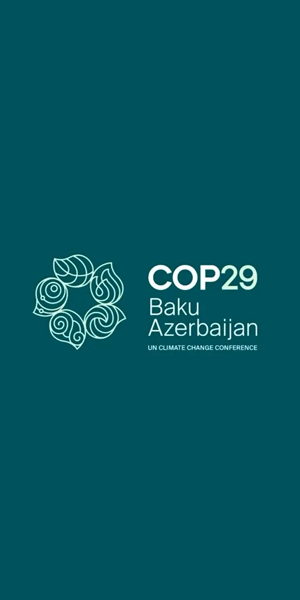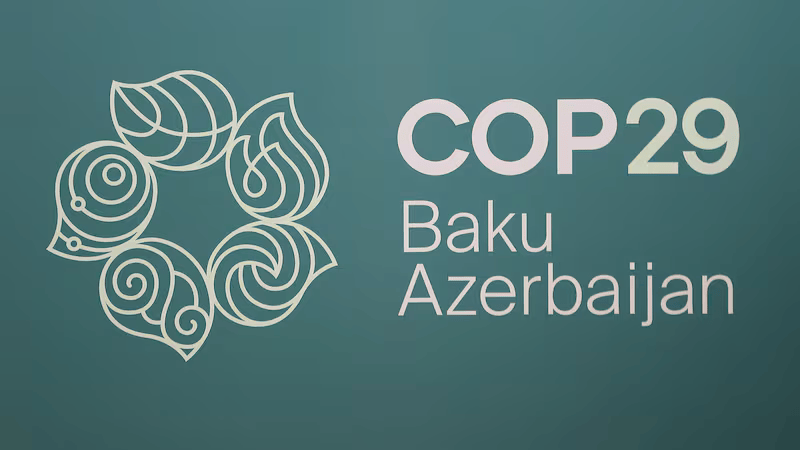
GAZI BAY, Kenya (PAMACC News) – Putting on gumboots and armed with clubs and machetes, Hassam Bakari, 44, a forest guard in Makongeni mangrove fishing village at Gazi Bay along Kenya’s coastline slashes through a thick canopy, making his way along a trail of mixed shrub trees in swamps.
Hassam is among over 400 community members of the Mikoko Pamoja (in Swahili meaning Mangroves Together) project driving the expansion of Kenya’s first blue carbon credit scheme, providing multiple income generating activities and fighting climate change in the region.
“We now protect this area day and night because the livelihood and future of our children depends on these mangroves,” Hassam said during a visit of researchers and environment experts to the mangrove restoration project in the run up to the UN Environment General Assembly on December 2, 2017.
Like Hassam, the people of this coastal community say they are giving their all to make the mangrove restoration project a global reference, but for lack of financial means the impetus for expansion and protection is coming from the Global Environment Facility (GEF), via the United Nations Environmental Programme, UNEP.
According to Anne Wanjiru, Social impact officer of Mikoko Pamoja, the expansion of the mangrove restoration project had become necessary following increasing acceptance of the population to engage fully in the project.
“The population are now willing to voluntarily participate and this is driving the expansion and protection scheme of the project, “Anne said.
The expansion phase of the project that started in 2015 with funding of 100.000 dollars from GEF via UNEP has seen the acres of the mangrove forest of Mikoko Pamoja increase by 117 bringing the total size of mangroves in Makonzeni, Gazi and Chale to 615 acres.
For the local population this means more income not only from a surging carbon credit sales, but also a multiplication of income generating activities.
“We are getting more and more tourists, scientists, researchers visiting and this means big markets for our fish, handicraft, restaurant business and improved income for the population,” says Jesphat Mmtwan the project coordinator.
The new community plan of action is not only limited to expansion. Efforts at protection have more than double. Every household in the community sends representatives to act as forest guards.
“We are one family here and need to protect what we have toiled to put together,” said Mohamed Ardi, another fisher man and trader in Gazi bay.
A tower of over 40 meters high has been constructed to permit community forest guards have an overview of the area against invaders while a 450 meters broad walk also set up not only to permit tourists and other visitors get a better appreciation of the rich mangrove forest but also to reinforce security, the project officials say.
The expansion of Gazi bay mangrove has made the project the biggest in Africa according to UNEP programme management officer, Gabriel Grimsditch.
On a global scale, the restoration expansion will serve as a push to ongoing drive towards including mangroves in the national Redd+ action plan and strategies.
Mangroves, scientists say has a higher capacity of capturing carbon than biomass (terrestrial rianforest trees).
According James Kairo, chief scientist with the Kenya Marine and Fisheries Research Institute, KMFRI , pitlands in mangroves store three times more carbon than terrestrial rainforest.
The biggest storage on carbon is in the soil and in mangrove areas, tidal movement make sediments get trapped by mangroves and there is build up of carbon storage, he explains.
“Mangroves are unique tropical forest with an exceptional ability to capture and store carbon,” Kairo says.
The Gazi Mangrove project for example stores over 3000 tonnes of carbon per year which is sold at over 12,000 US dollars annually according to statistics from KMFRI. The carbons are bought mostly by Earth Watch and the money obtained is ploughed back into development projects in the community, the villagers benefiting from the projects admit.
Money obtained from sale of carbon credits is used to buy books for children and equip schools, making it easier and encouraging for parents to send their children to school, a complete break from a long standing tradition where children were initiated into fishing and many abandoned school because their parents could not afford.
“Schools in Gazi and Makongeni have been reconstructed with more classrooms, textbooks distributed to pupils for free and this has encouraged many more parents to send their children to school,” says Anne Wanjiru.
The Mangrove forest in the area had in the past suffered from serious degradation by activities of, commercial loggers, and industries dealing with wood from mangroves as well as local fishing community members smoking fish. The community members say illegal and abusive mangrove cutting use to scare fish away making life perilous for the fishing communities of Makongeni, Chale and Gazi villages.
“We could hardly get fish even to eat, talk less of selling to earn income to support our families and send our children to school,” says Josephat Mnwarima, fisherman and coordinator of the Mikoko Pamoja mangroves restoration and protection project.
But now things have changed for the better according to members of the fishing community.
“I now catch three times more fish than I used to before 2010,” says Wanga Ahmed a fisherman from Wasini Island one of the villages in the area.
He expresses hope that with the ongoing expansion scheme, their community will in the future by a haven for varied species of fish bringing more income and better living condition to the population
UNEP says the mangrove forest expansion scheme is a global project also happening in other countries in the continent like Madagascar, Mozambique.
“UNEP is supporting similar initiatives in other countries in the continent,” Gabriel says.
However the scheme is not without challenges. “We have had a series of challenges driving the expansion scheme,” he admits.
These include difficulties in carrying out scientific assessment of carbon stocks, getting the mostly illiterate village communities understand the importance of the project and also getting more buyers of carbon stocks.
“We also have problems of leakages. In the course of protecting one area we sometimes discover the mangrove cutters have relocated to other areas,” Gabriel says.
As solution, he says UNEP is supporting the planting of casuarina trees, a specie that grows quickly for wood used by locals thus preventing the cutting of mangroves.
African authorities have saluted the support by development stakeholders to the Kenyan local community mangrove conservation initiative to fight climate change, calling on the project to be replicated in other coastal regions in the continent.
“We have to be proud of our continent and support good practices that serves as world model like the local community-led mangrove conservation efforts in Kenya.
In the next African environment ministers meeting in South Africa 2018 efforts at replicating such initiative will be put on the table,” announced Pacome Moubelet Boubeya, President of African Ministerial Conference on the Environment, at the ongoing UN Environment Assembly in Nairobi, Kenya.











